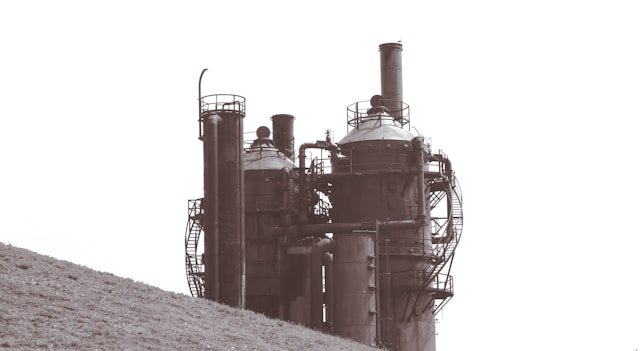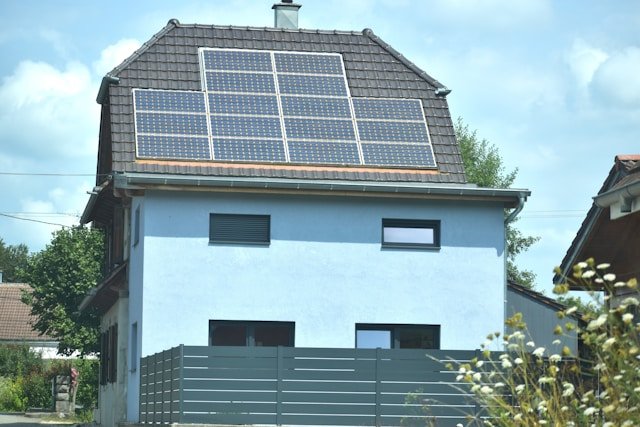Enhancing Well and Pipeline Safety: How Seismos Acoustic Technology Boosts Efficiency in Energy Operations
Understanding Seismos Acoustic Technology in Energy Operations
Seismos-acoustic technology is a new step within the management and safety systems of energy operations, especially in the oil-gas sector. In general terms, acoustic technology uses the production and analysis of sound waves to monitor conditions within energy infrastructure. This technology uses sensors that are specialized for acoustic sensing. It allows for the detection of minute fluctuations in subsurface formations. These fluctuations can give insight into the overall structural integrity of pipelines and wells.
The relevance of acoustic technology in energy operations cannot be overstated. This is because the technology-based monitoring system enhances operational efficiency. After all, it allows for the identification of potential issues, including leaks or fractures before they gain momentum. It ensures safety in energy infrastructure and the minimization of risk through environmental contamination and financial loss. Subsurface data analysis, including acoustic data, helps energy companies make better decisions on maintenance and operational strategies.
Hydraulic fracturing is another very important application of Seismos‘ acoustic technology. In hydraulic fracturing, acoustic sensors monitor the fracturing in real time as it propagates. They can provide useful feedback to optimize the fracturing process without compromising safety. This allows for the optimization of overall energy operations. Adjustments are based on real-time data analysis. As a result, efficiency increases and waste is minimized.
Demands for safety and efficiency have increased. Advanced technologies like Seismos acoustic technology are necessary for the oil and gas industry. AI can be incorporated into pipeline management and help improve energy infrastructure safety with acoustic technology. Companies will improve their operation effectiveness and ensure the sustainable use of energy resources.
The Role of Acoustic Technology in Pipeline Safety Solutions
Acoustic technology has emerged as an important component in ensuring the safety and integrity of energy pipelines. Advanced monitoring systems will allow companies to significantly increase their operational efficiency while mitigating risks from leaks and structural failures. Seismos technology is a fine example of acoustic technology being applied in the oil and gas sector. It can monitor the physical conditions of pipelines, giving real-time data that can help identify potential issues early on.
A major oil company faced a problem with pipeline integrity within a highly populated region. This was one of the most vivid examples of Seismos technology in action. The integration of acoustic monitoring systems into the pipeline helped the firm gain an all-encompassing understanding of the subsurface conditions. With this technology, operators detected minor leaks early. This early detection prevented them from turning into major incidents. It also protected both the environment and the community. Acoustic technology allows energy operators to monitor effectively. This ability enables them to make timely decisions. As a result, they improve their safety measures and response strategy.

It seems that pipeline management can progress further with the use of AI. The algorithm processes data from acoustic monitoring systems into prediction and anticipation for maintenance. Acoustic technology, when combined with the power of AI, helps an energy company manage all risks optimally. AI is effective due to the enhanced extraction of hydraulic fracturing technology. It also offers the capacity to monitor every stage of energy infrastructure with strong monitoring systems.
This evolving energy sector will, by far, require acoustic technology in pipeline safety solutions. Real-time monitoring enhances efficiency. Advanced analytics allow for improved safety protocols for operations. Ultimately, this synergy translates into better benefits for the whole industry. It keeps pipelines secure and ensures safety for everyone dependent on them.
Optimizing Energy Operations with Seismos Technology
In the upgrading of energy operations, Seismos acoustic technology is a game-changer in the oil and gas industry. It aims to enhance pipeline safety with real-time monitoring systems. These systems allow for advanced subsurface data analysis of hydraulic fracturing technology. Problems can be identified and solved before becoming major issues.
One huge benefit of acoustic technology in energy pipeline safety solutions is economic. Reducing downtime for energy companies can be exorbitantly costly. Case studies have shown that, after a while, Seismos technology enables some companies to reduce maintenance by up to 30%. This would allow companies to identify leaks or structural weaknesses through precise real-time monitoring. Companies could then schedule repairs during planned maintenance windows instead of facing emergency shutdowns. This saves money and improves overall operational efficiency.
The impact of acoustic technology on oil and gas efficiency is not overstated. The company can make decisions based on comprehensive insights into pipeline performance and integrity because of better data analysis capabilities. For example, there was a notable case in which Seismos technology greatly improved the detection of anomalies. This improvement allowed timely interventions. Consequently, productivity levels increased. This case indicated the direct relationship between proper monitoring and the successful optimization of energy operations.
Besides this, artificial intelligence adds more strength to the benefits acquired by Seismos acoustic technology. It helps in the management of pipelines with predictive analytics that give enhanced decision-making abilities. The synergy of this acoustic technology and AI optimizes the available resources. It streamlines operations. More importantly, it enhances the safety measures of the whole energy infrastructure.
Conclusion: Future of Energy Operations Safety with Seismos Technology
The discussion on acoustic technology in energy pipeline safety solutions is very significant. It highlights the importance of innovation in improving efficiency and safety in the oil and gas industry. Seismos technology exemplifies a development that integrates advanced real-time monitoring systems. It ensures addressing risks as soon as they occur. It helps manage the safety of energy infrastructure. This technology allows subsurface data analysis to become very accurate. It also optimizes hydraulic fracturing technology. That way, risks would be mitigated. Additionally, performance and operational efficiency would improve overall in any energy operations.
Most energy companies are using Seismos technology. This use is an excellent example of its effectiveness. There have been documented improvements in identifying potential risks and anomalies within their pipeline. The real-time monitoring of data is successful. It allows such companies to react faster to issues as they occur. This swift reaction minimizes pipeline failure rates. This success story highlights the potential for widespread adoption of this innovative acoustic technology. It will revolutionize safety protocols and operational standards across the energy sector.
The future of the energy industry seems to be facing numerous challenges associated with safety and efficiency. The integration of such cutting-edge technologies as Seismos holds great promise for redefining operational paradigms. Such solutions adopted for pipeline integrity deliver immediate benefits. They also provide a strategic, long-term approach to optimizing energy operations. The industries that leverage artificial intelligence in pipeline management are set to realize improvements. By combining AI with the latest acoustic technology, they will enhance productivity and reliability. Therefore, energy sector stakeholders must consider the long-run benefits of embracing Seismos technology. They should also embrace other technologies to ensure maximum safety and efficiency in their activities.




